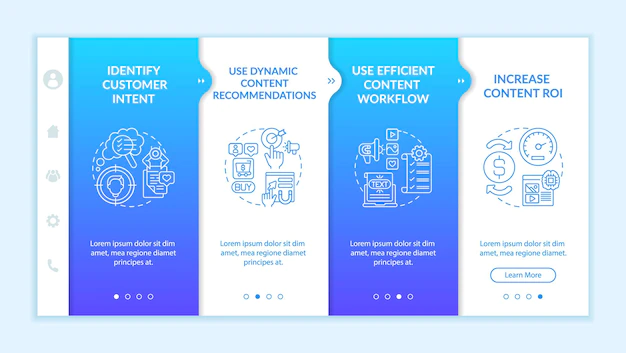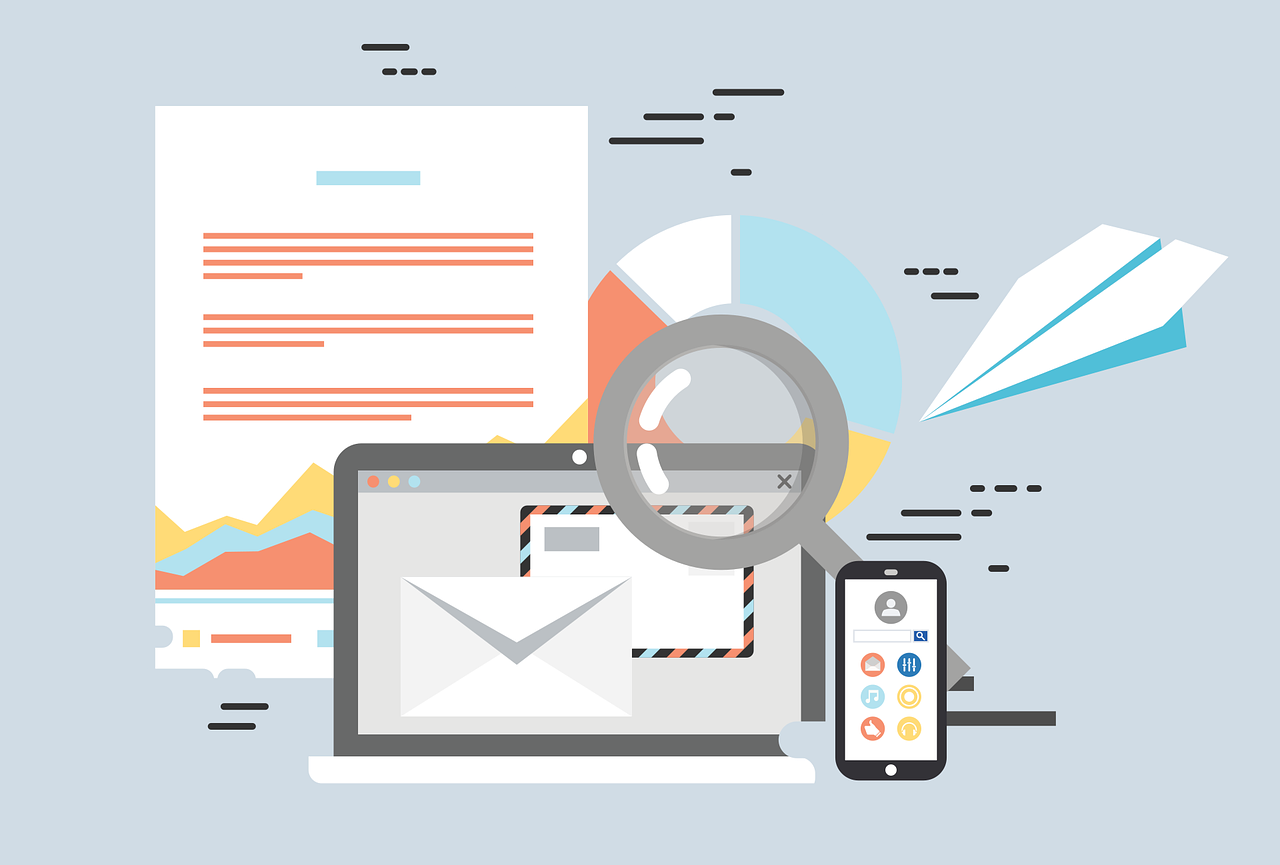In today’s fast-paced digital world, email marketing remains a powerful tool for businesses to connect with their audience. However, sending emails without considering the crucial aspects of domain warm-up and reputation management can hinder your success. By understanding and implementing effective strategies, you can significantly enhance your domain’s reputation, leading to improved email deliverability. In this blog post, we will explore the importance of domain warm-up and reputation management and provide valuable insights on how to prepare before you send.
Section 1: Unveiling the Power of Domain Warm-up
1.1 Demystifying Domain Warm-up
When it comes to email marketing, domain warm-up is a critical process that many marketers overlook. So, what exactly is domain warm-up? Domain warm-up refers to the gradual and strategic process of establishing trust and credibility with internet service providers (ISPs) by gradually increasing your email sending volume and engagement.
During domain warm-up, you are essentially introducing your domain to ISPs and demonstrating that you are a legitimate and responsible sender. This process is crucial because ISPs closely monitor the reputation of senders to determine whether to deliver their emails to the inbox or divert them to the spam folder.
1.2 The Impact of Domain Warm-up
Domain warm-up has a significant impact on email deliverability and inbox placement. By gradually ramping up your email sending volume and engagement, you reduce the risk of triggering spam filters and improve your chances of reaching the inbox. It’s like building a reputation with ISPs, where they gradually trust you as a sender.
If you neglect the domain warm-up process and abruptly start sending a large volume of emails, ISPs may perceive it as suspicious behavior and classify your messages as spam. This can lead to lower deliverability rates, poor open rates, and ultimately hinder the success of your email marketing campaigns.
1.3 Essential Tips for Successful Domain Warm-up
To ensure a successful domain warm-up, consider the following tips:
1. Gradually increase your email volume and frequency: Start with a small volume of emails and gradually increase it over time. This allows ISPs to become familiar with your sending patterns and build trust gradually.
2. Prioritize engagement with active subscribers: Focus on engaging with recipients who have demonstrated interest by opening, clicking, and interacting with your emails. ISPs value engagement metrics and consider them as indicators of your email’s relevance and legitimacy.
3. Monitor bounce rates and spam complaints: Keep a close eye on your bounce rates and spam complaints during the warm-up process. High bounce rates can negatively impact your reputation, and spam complaints can harm your deliverability. Take immediate action to address any issues and identify potential problems.
4. Maintain a consistent sending pattern: Consistency is key during domain warm-up. Stick to a regular sending schedule to demonstrate reliability and establish a positive reputation with ISPs. Avoid sudden spikes or erratic sending behavior that may raise red flags.
By following these essential tips, you can successfully navigate the domain warm-up process and pave the way for improved email deliverability and inbox placement. Remember, patience and a strategic approach are crucial during this phase to build a strong sender reputation.
Section 2: Mastering Reputation Management for Superior Email Delivery
2.1 Unveiling Email Reputation
Email reputation plays a pivotal role in determining the success of your email campaigns. It refers to the perception that internet service providers (ISPs) have of your sender identity and the trustworthiness of your emails. Your email reputation significantly influences the filtering decisions made by ISPs, ultimately determining whether your messages land in the inbox or get diverted to the spam folder.
2.2 Factors Influencing Email Reputation
Several factors contribute to your email reputation. Understanding and managing these factors is crucial for maintaining a positive sender reputation:
- Content quality and relevance: Crafting high-quality and relevant email content is key to engaging your recipients. ISPs value emails that provide value, so focus on delivering valuable information, personalized offers, and compelling calls to action.
- Engagement metrics: ISPs closely monitor engagement metrics such as open rates, click-through rates, and overall subscriber interaction. High engagement indicates that your emails are well-received, relevant, and desired by recipients. Strive to improve these metrics by tailoring your content and optimizing your email campaigns.
- Complaint rates and unsubscribe rates: A high number of spam complaints or frequent unsubscribe requests can damage your sender reputation. It is crucial to honor unsubscribe requests promptly and ensure your email practices comply with anti-spam regulations. Minimize complaints by delivering valuable content and implementing a permission-based email marketing strategy.
- Spam trap hits and bounce rates: Spam traps are email addresses set up to identify and catch spam senders. Hitting spam traps or having a high bounce rate indicates poor list hygiene and low-quality email addresses. Regularly clean your email list to remove inactive or invalid addresses, reducing the chances of hitting spam traps and improving deliverability.
2.3 Strategies to Elevate Email Reputation
To enhance your email reputation and achieve superior email delivery rates, consider implementing the following strategies:
- Craft captivating and personalized email content: Tailor your emails to your target audience, delivering content that resonates with their needs and interests. Personalization can include using recipient names, segmenting your list, and sending targeted campaigns that provide relevant information and offers.
- Segment your email list: Divide your email list into segments based on demographics, interests, purchase history, or engagement levels. This allows you to send targeted campaigns that are more likely to be well-received and engage recipients, improving your reputation with ISPs.
- Implement a double opt-in process: Using a double opt-in process ensures that subscribers explicitly confirm their desire to receive emails from you. This not only helps you build a list of engaged subscribers but also reduces the chances of spam complaints and improves your sender reputation.
- Respond promptly and professionally to complaints and unsubscribe requests: Address any spam complaints or unsubscribe requests in a timely and professional manner. Actively manage your email list and promptly honor unsubscribe requests to demonstrate respect for recipient preferences and maintain a positive sender reputation.
By mastering reputation management, you can establish yourself as a trusted sender in the eyes of ISPs. A positive email reputation opens the door to higher deliverability rates, increased engagement, and ultimately, superior email delivery for your marketing campaigns.
Section 3: Actionable Tactics to Strengthen Domain Warm-up and Reputation
3.1 The Power of Monitoring and Analytics
Utilizing monitoring and analytics tools is crucial to strengthening your domain warm-up and reputation management efforts. These tools provide valuable insights into your email performance and allow you to make data-driven decisions for optimization. Key tactics include:
- Email delivery monitoring: Use email delivery monitoring tools to track key metrics such as delivery rates, open rates, click-through rates, bounce rates, and spam complaints. Monitor these metrics closely during your warm-up phase to identify any issues or areas for improvement.
- Analyzing engagement metrics: Dive deep into engagement metrics like open rates and click-through rates to gain insights into how your recipients are interacting with your emails. Identify trends, patterns, and opportunities to enhance engagement and adjust your strategies accordingly.
- A/B testing: Conduct A/B tests on subject lines, email content, and calls to action to optimize your email performance. Test different variations to see what resonates best with your audience, leading to higher open and click-through rates.
3.2 Strengthening Authentication and Infrastructure
Authentication and proper email infrastructure are vital components of maintaining a strong domain warm-up and reputation. Consider the following tactics:
- Implement email authentication protocols: Implement Sender Policy Framework (SPF), DomainKeys Identified Mail (DKIM), and Domain-based Message Authentication, Reporting, and Conformance (DMARC) protocols. These authentication measures verify the authenticity of your emails and help establish trust with ISPs, resulting in improved deliverability.
- Regularly review and update DNS records: Ensure that your DNS (Domain Name System) records are accurate and up to date. Review your records periodically to align them with email authentication standards and best practices.
3.3 Embracing Engaging Email Practices
Engaging your recipients with compelling email practices is essential for maintaining a positive domain warm-up and reputation. Consider the following tactics:
- Personalization and segmentation: Tailor your email campaigns by personalizing content and segmenting your email list based on recipient preferences, demographics, or behavior. This helps deliver more relevant and targeted emails, increasing engagement and improving reputation.
- Mobile responsiveness: Optimize your email campaigns for mobile devices. With the increasing use of smartphones and tablets, ensuring that your emails are mobile-responsive is crucial for providing a seamless user experience and maximizing engagement.
- Testing and optimization: Continuously test and optimize your email campaigns to improve performance. Experiment with different elements such as subject lines, email design, images, and CTAs. Use the insights gained from testing to refine your strategies and deliver more impactful emails.
Conclusion:
In the world of email marketing, domain warm-up and reputation management are vital for success. By gradually building your domain’s reputation, prioritizing engagement, and implementing effective strategies, you can enhance your email deliverability and ensure your messages reach the inbox. Monitoring metrics, strengthening authentication, and embracing engaging practices are key to maintaining a positive reputation. So, prepare before you send, and watch as your email campaigns thrive, connections deepen, and business flourishes.










